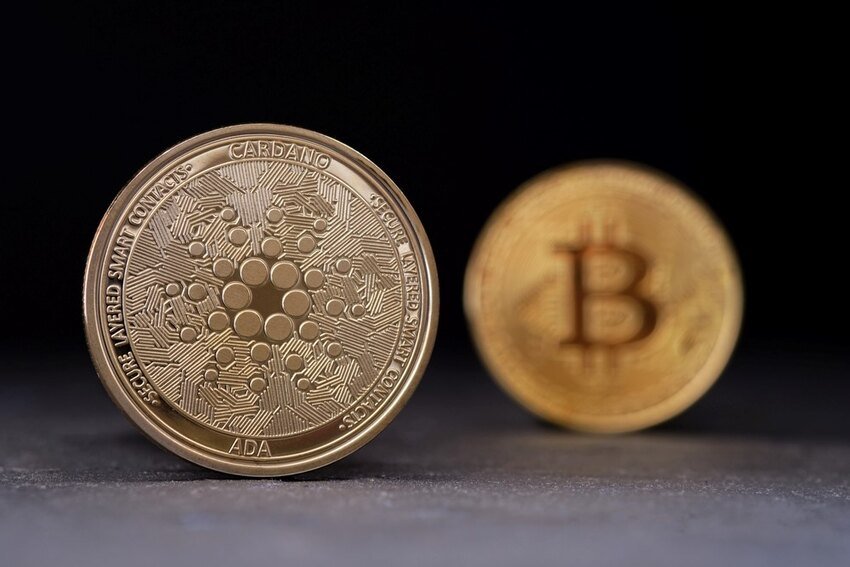Advancements in medical technology have transformed the way facial rejuvenation procedures are performed. In the UK, surgical facelifts are evolving to incorporate a wide range of tools and techniques that aim to enhance surgical precision, reduce recovery time, and improve patient comfort. While traditional facelift surgery remains a long-established approach to treating signs of facial ageing, emerging technologies are offering professional surgeons greater accuracy and flexibility in their practice. So what are the different types of technology used? And what is the role of technology in modern surgical facelifts?
What is the role of technology in modern surgical facelifts?
Technology may play a supporting role in various aspects of surgical facelift procedures. These include visualisation, precision, tissue handling, and post-treatment care. Some examples include:
Endoscopic Techniques
Endoscopic technology allows surgeons to view facial structures through small incisions using a thin, flexible instrument fitted with a light and camera. This approach is most often applied in procedures such as midface or brow lifting. Potential advantages in suitable cases may include:
- Improved visualisation of internal structures
- Smaller incisions compared to traditional open techniques
- Potential for reduced tissue trauma and shorter recovery time
Outcomes vary depending on individual anatomy and surgical goals. Endoscopic methods are not used for all types of facelift procedures.
Laser-Assisted Applications
Laser devices are sometimes used during or after surgery to complement facial rejuvenation. For example, fractional CO₂ or erbium lasers may help address fine lines or skin surface irregularities. In specific clinical settings, lasers may also assist with tissue dissection or managing bleeding (haemostasis).
These applications should only be carried out in regulated medical environments by qualified practitioners. Not all individuals are suitable candidates, and results differ from patient to patient.
Radiofrequency and Ultrasound Technology
Some facelift procedures are complemented by the use of energy-based devices designed to stimulate tissue remodelling or improve skin firmness. While some of these treatments are also offered as non-surgical options, their integration with surgery may support more tailored outcomes in selected cases. However, they are not universally appropriate, and their effectiveness can vary. Patients should be assessed on an individual basis.
Fat Grafting and Regenerative Approaches
Autologous fat transfer, where a patient’s own fat is harvested and reinjected into areas of volume loss, is increasingly used in facial rejuvenation. Modern techniques may involve:
- Microfat or nanofat processing- To improve graft consistency and integration
- Stem cell-enriched fat- Under research for potential regenerative support
- Platelet-rich plasma (PRP)- Sometimes used alongside fat grafts to support healing
These methods aim to restore volume and support soft tissue structure, especially in the midface or temple regions. However, scientific consensus on regenerative claims remains ongoing, and results should not be assumed. Use must adhere to UK clinical governance protocols.
Suture and Suspension Technologies
Innovations in suture materials and techniques are also influencing facelift procedures. Some absorbable or barbed sutures can help support lifted tissues or refine facial contours in specific areas.
These technologies are sometimes used in hybrid or partial approaches rather than full surgical facelifts. Suitability depends on individual anatomy and treatment objectives, and should be discussed with a qualified clinician.
3D Imaging and Surgical Planning Tools
Advanced imaging systems can assist in the planning phase of facelift procedures. These tools may allow:
- Multi-angle facial analysis
- Simulation of potential outcomes
- Enhanced patient consultation and communication
Some platforms also incorporate artificial intelligence to support data-informed assessments of facial symmetry and skin condition. These tools are intended to aid clinical judgement and shared decision-making, not to predict outcomes.
Intraoperative and Postoperative Technologies
Technology can also support surgical delivery and postoperative care. Examples include:
- Nerve monitoring systems- To help avoid injury to facial nerves
- Thermal monitoring devices- Used during RF or laser procedures to help control energy delivery
- Advanced haemostasis tools- To assist in managing bruising and swelling
In the postoperative period, clinical settings may offer supportive care such as LED therapy, cold therapy devices, or lymphatic massage equipment. While these may aid comfort or appearance in some patients, recovery experiences are highly individual.
Taking an individualised approach
While technology offers potential support for surgical facelifts, no device or method guarantees results, and not every patient is a candidate for every approach. All procedures carry risks and should only be undertaken following consultation with a GMC-registered specialist.
In the UK, all cosmetic surgery providers must follow the standards set by:
- The General Medical Council (GMC)
- The Care Quality Commission (CQC)
- The Advertising Standards Authority (ASA)
Patients considering facelift surgery should ensure they are consulting with a qualified, experienced practitioner in a regulated medical setting.
Disclaimer
This content is provided for educational and informational purposes only and does not constitute medical advice or a treatment recommendation. Individual suitability for any cosmetic procedure can only be determined through consultation with a qualified, GMC-registered medical professional.
Read Dive is a leading technology blog focusing on different domains like Blockchain, AI, Chatbot, Fintech, Health Tech, Software Development and Testing. For guest blogging, please feel free to contact at readdive@gmail.com.





